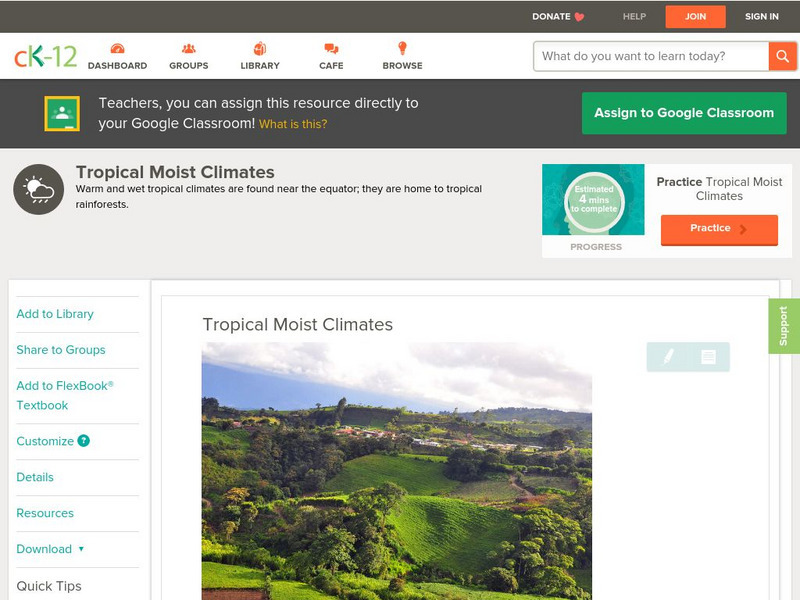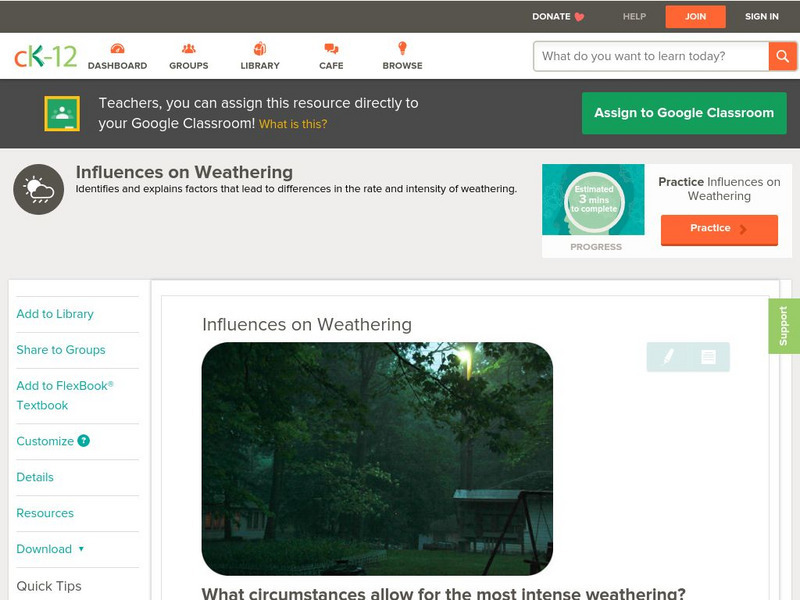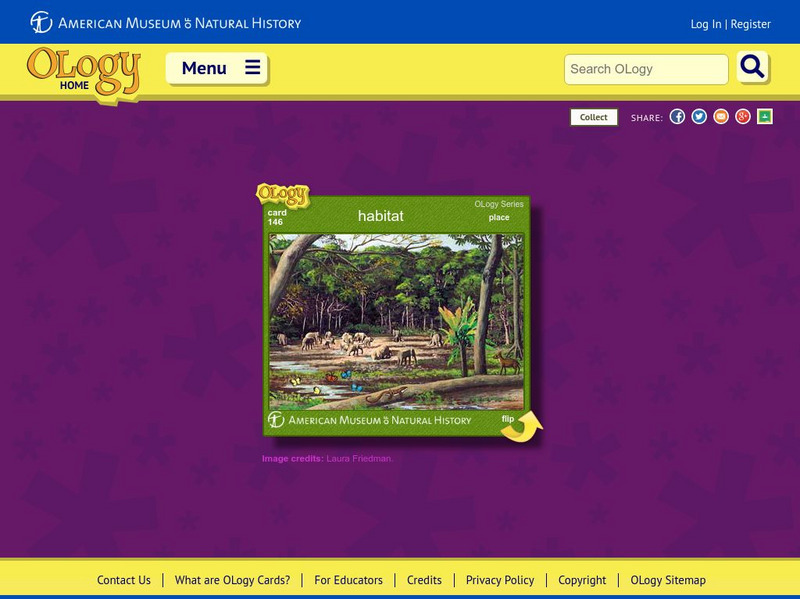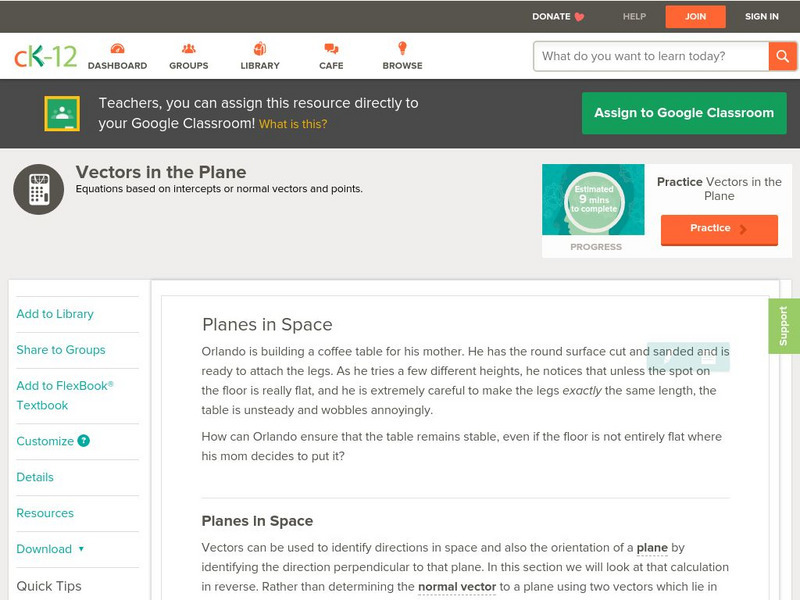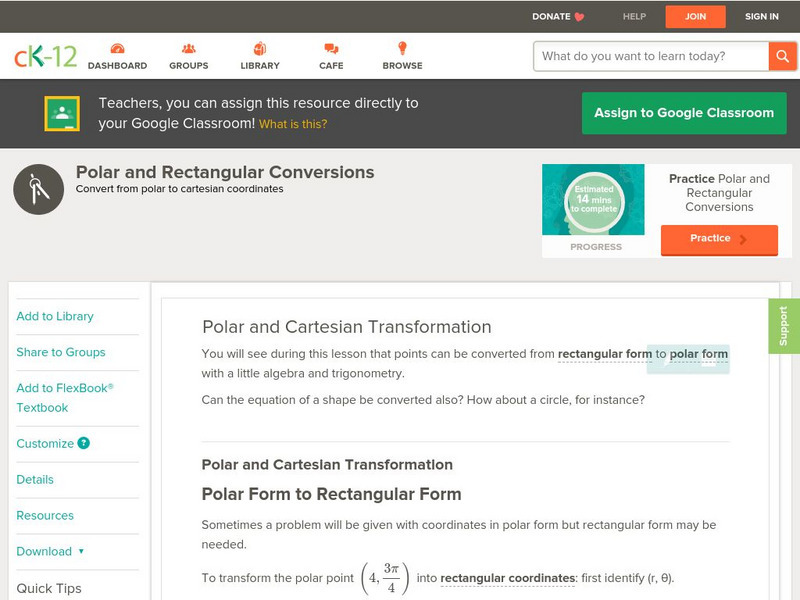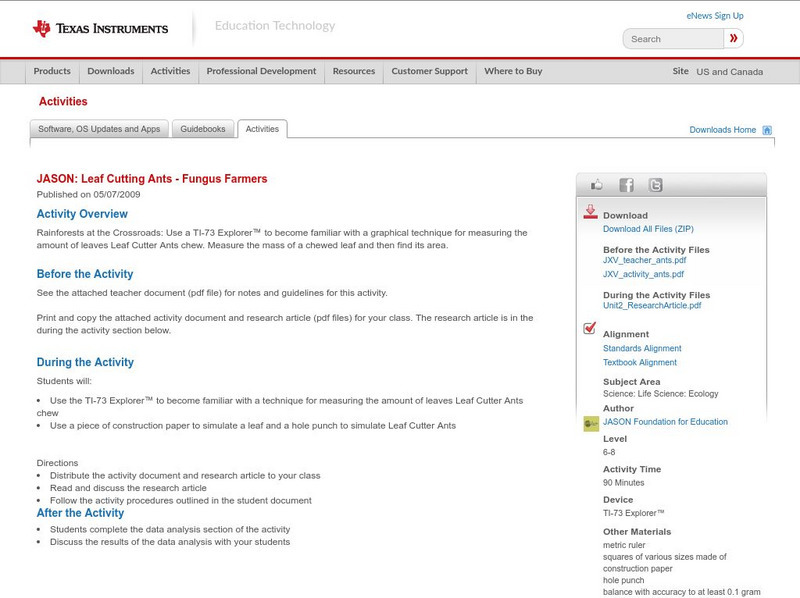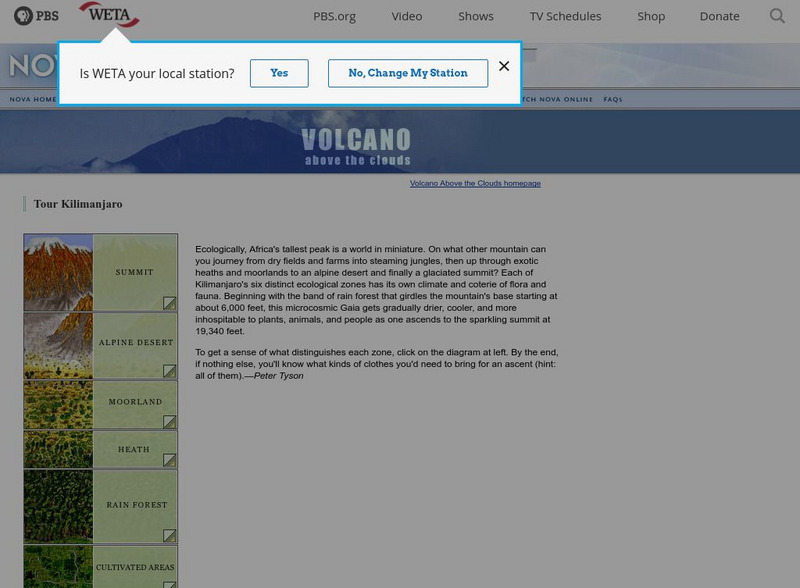CK-12 Foundation
Ck 12: Earth Science: Polar Climates
[Free Registration/Login may be required to access all resource tools.] Describes polar climates such as the polar and alpine tundras.
CK-12 Foundation
Ck 12: Earth Science: Tropical Moist Climates
[Free Registration/Login may be required to access all resource tools.] Describes characteristics of tropical climates.
TeachEngineering
Teach Engineering: A Mini World
As students learn about the creation of biodomes, they are introduced to the steps of the engineering design process, including guidelines for brainstorming. Students learn how engineers are involved in the design and construction of...
CK-12 Foundation
Ck 12: Earth Science: Dry Climates
[Free Registration/Login may be required to access all resource tools.] Describes dry climates such as the desert and steppe.
CK-12 Foundation
Ck 12: Earth Science: Influences on Weathering
[Free Registration/Login may be required to access all resource tools.] Variables that affect the rate of weathering.
CK-12 Foundation
Ck 12: Earth Science: Influences on Weathering
[Free Registration/Login may be required to access all resource tools.] Variables that affect the rate of weathering.
CK-12 Foundation
Ck 12: Earth Science: Introduction to Weather
[Free Registration/Login may be required to access all resource tools.] Covers the definition of weather and the factors that make up weather.
American Museum of Natural History
American Museum of Natural History: Habitat O Logy Card
Flip this interactive OLogy card to find fast facts, questions and answers, and other bite-size pieces of information about the meaning of habitat, as a scientific concept, and learn why habitat is so important to plants and animals.
American Museum of Natural History
American Museum of Natural History: Deep Sea O Logy Card
Flip over this interactive OLogy card to find fast facts, questions and answers, and similar bite-size pieces of information about the deep sea and the creatures that live there.
CK-12 Foundation
Ck 12: Analysis: Polar and Cartesian Transformation
[Free Registration/Login may be required to access all resource tools.] Converting between polar and cartesian coordinates
CK-12 Foundation
Ck 12: Analysis: Polar Coordinates
[Free Registration/Login may be required to access all resource tools.] Definition of polar coordinates, plotting points on a polar coordinate graph
Other
Minnesota Dnr: Ecological Principles & Land Cover Characteristics
Lists the six attributes used to identify terrestrial and wetlands areas that are important ecologically. These attributes are based on four ecological principles, which are explained.
Texas Instruments
Texas Instruments: Jason: Leaf Cutting Ants Fungus Farmers
Rainforests at the Crossroads: Use a TI-73 Explorer to become familiar with a graphical technique for measuring the amount of leaves Leaf Cutter Ants chew. Measure the mass of a chewed leaf and then find its area.
Other
National Wildlife Federation: Happenin' Habitats: What Is Habitat?
Find an overview of what a habitat is exactly. Then, for more information, click in the left hand menu for different types of habitat: forests, grasslands, deserts, wetlands, and arctic tundra. Authors also offer advice on creating a...
PBS
Pbs Kids: Plum Landing: Plum's Creature Connector
This PBS Kids activity is an extension of a Plum Landing episode featuring food webs. Students will learn basic information about how animals are interdependent. Students will help different animals survive in their different habitats
CK-12 Foundation
Ck 12: Earth Science: Modern Biodiversity
[Free Registration/Login may be required to access all resource tools.] How diverse Earth's organisms are today.
Alabama Learning Exchange
Alex: Envision, Enhance, Enjoy
In this lesson from "The Friends of Auntie Litter", (www.auntielitter.org), habitats will be explored. Students will also create bird houses. This lesson is one from the "Take Pride Statewide" series. *This lesson is provided by Lana...
ArtsNow
Arts Now Learning: Exploring Habitats Through Music Composition [Pdf]
In this lesson, learners will learn about rondo form and practice a chant. After learning about the structure of the chant, they will work in small groups to create a chant about a habitat. The chants will then be combined with the model...
Other
Grasslands Conservation Council of British Columbia
An overview of the ecosystems in British Columbia.
Thomas Jefferson National Accelerator Facility
Jefferson Lab: Where Plants and Animals Live
Read and fill in the blanks of this passage explaining habitats where plants and animals live. Each blank has a dropdown menu with choices. When you finish, click CHECK MY ANSWERS. If you pick a wrong answer, the right answer will be...
PBS
Nh Pbs: Nature Works: Swamps
What characteristics make a swamp a swamp? This site features information on the Great Dismal Swamp, Conifer Swamps, Okefenokee Swamps, Shrub Swamps, Hardwood Swamps, and Cypress Swamps. This site also offers some great photographs of...
PBS
Nova: Tour Kilimanjaro
Experience six different ecological zones as you climb Mt. Kilimanjaro. Pictures of plants living in each of the zones are also part of this virtual tour of the mountain.
Other
Freshwater Ecology
This is a comprehensive and detailed site providing information on aquatic macroinvertebrates. The emphasis is on biomonitoring of water quality through quantitative assessment of numbers and types of small aquatic organisms.
McGill University
Mc Gill University: Canadian Biodiversity: Ecozones: Southern Arctic
A brief, concise description of the Southern Arctic ecozone which extends across the northern edge of the continental Northwest Territories and Quebec. It includes a collection of images of the landscape as well as those of animals and...



